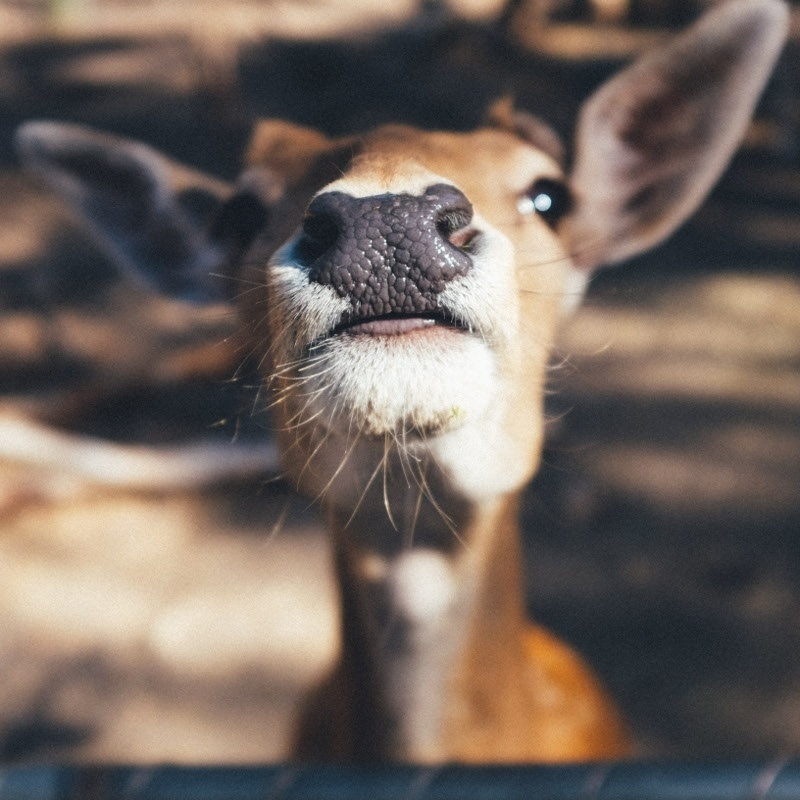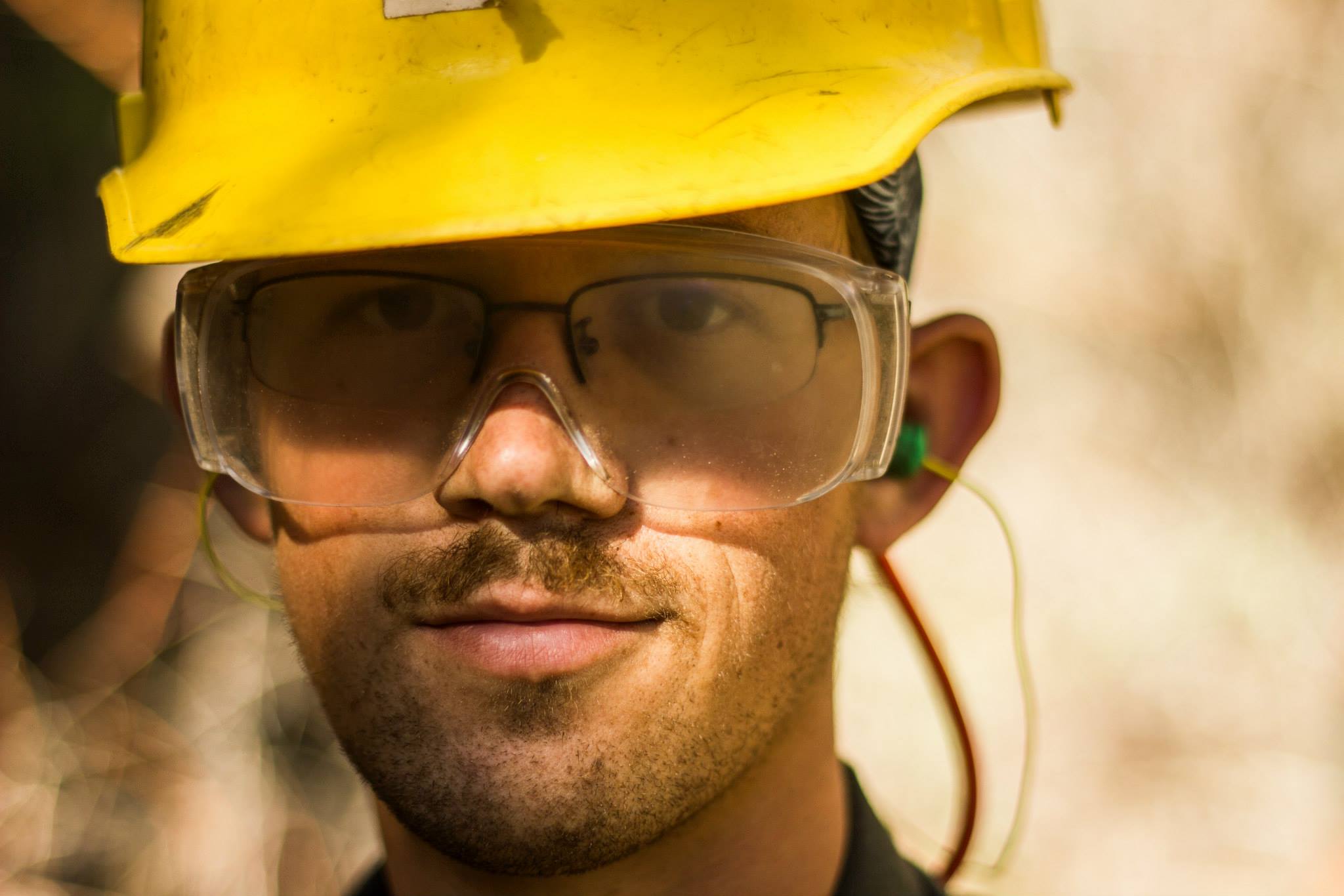Steve Rosencranz, founder of The Woods Project, recently spoke with us about his organization, risk management, and the Wilderness Risk Management Conference (WRMC.) The Woods Project was founded in 2001 and provides opportunities for low-income youth to experience the outdoors.
Read on to discover how the WRMC has benefited The Woods Project and how it can benefit you.
WRMC: Who are your participants?
Rosencranz: The Woods Project engages over 700 low-income high school students, substantially all of whom are Latino or African American, in 4,000 nights of wilderness experiences each year. Our program, which is 100% volunteer-led, is the first time many of our students have been more than five miles from home—the first time away from family and the first time to see a mountain, a clear stream, and clean air.
 Photo courtesy of The Woods Project
Photo courtesy of The Woods Project
WRMC: What do your participants gain from the wilderness?
Rosencranz: Our students leave our program with a new understanding of who they are, how they fit into the world, and in a far stronger position to achieve success in life. We focus on using the wilderness experience to develop grit, tenacity, self-control, resilience, critical thinking, zest, curiosity, social intelligence, as well as a wilderness ethic.
WRMC: What is your definition of risk?
Rosencranz: Evaluating and managing risk is a complex process that is governed through understanding and managing the relationship between the environments in which we work combined with the experience levels of our leaders and participants. With our unique operating model—wilderness combined with volunteers combined with inexperienced participants—we work hard to develop the right "risk profile" of activities so that no part of the equation is stressed. With stress comes system failures and increased risk of injury.
WRMC: Why do you choose to take participants into situations with higher risk than, say, a classroom setting?
Rosencranz: Using wilderness engagement as an effective tool requires that we develop a deep understanding of the benefits of the experience as seen through the lens of a person with radically different backgrounds than the typical wilderness explorer, and, more importantly, an understanding of how to gain maximum program effectiveness while keeping activities within an appropriate risk envelope.
The WRMC has been a critical influence as we design programs to provide a challenging experience that is tailored to students who don’t have any previous connection to the outdoors. Through the insight we have gained at pre-convention programs on effective program design to developing risk management policies, and from the convention itself, we’ve been able to build a volunteer-led program that has not only an enviable safety record, but also the processes to insure that we continue to operate in a prudent manner.
 Photo courtesy of The Woods Project
Photo courtesy of The Woods Project
WRMC: Why is risk management important to your organization?
Rosencranz: The future of the wilderness is dependent upon our bringing a new generation of people into the woods—and programs like ours are critical if we are to preserve wilderness for future generations. However, we are ever mindful that our students are NOT the typical wilderness user—persons of privilege who have the time, the money, and the understanding of the importance of preserving our natural world. Our students are a critical constituency that needs to be engaged, and they can’t become part of the solution until they understand the value of wilderness.
WRMC: Is there such a thing as acceptable risk?
Rosencranz: Risk is inherent in every activity—our goal is to manage risks with respect—to not do things because they might be dangerous, but to do them only when our students gain far more from them than the potential risk of the activity.
WRMC: Why does your organization send employees to the WRMC?
Rosencranz: The WRMC plays an integral part in developing our organization’s understanding of and respect for the issues that we face as we take our kids into the woods.
"We treasure the ability to measure what we do against a wide variety of programs and to be challenged by different ways of thinking about managing risk." -Steve Rosencranz
WRMC: How has attending the WRMC helped you provide a better experience for your participants?
Rosencranz: The WRMC is even more important in that we don’t have the frame of reference that many WRMC attendees have—and exposure to those different thought streams are critical to better understanding our model. As one of the few organizations represented at WRMC that is built around volunteer leadership, as well as being one of the few participants that has a 100% low income and disadvantaged student focus, we treasure the ability to measure what we do against a wide variety of programs and to be challenged by different ways of thinking about managing risk.
WRMC: What is your favorite part of the WRMC?
Rosencranz: Our favorite part of the WRMC experience is just being there—listening to what others are doing and developing greater insight into how to better manage our program as well as reaffirming our goal of bringing a new population of students into the wilderness—framing the experience of wilderness engagement in such a way that it fits with the cultural heritage of our students—and prepares them to be both successful in life and the next generation’s stewards of the natural world.
We appreciate Steve for his detailed explanations of risk and adventure. If you are an organization that helps individuals experience the outdoors for the first time, come network with The Woods Project this fall at the WRMC!
Why is risk management important to you? Let us know on our Facebook and Twitter by using #WRMC2016.
The Wilderness Risk Management Conference (WRMC) unites hundreds of leading outdoor organizations annually to educate wilderness practitioners on practical risk management skills. This blog series highlights organizations that continually return to the WRMC and finds out how the WRMC has influenced their risk management practices. While the questions may be the same, interviewees come from various organizations and unique backgrounds.
Written By
Cassi Smith
Cassi was studying at BYU-Idaho when she became interested in risk management. She is the 2016 WRMC intern, lucky enough to live, climb, and mountain bike in beautiful Lander, Wyoming.




